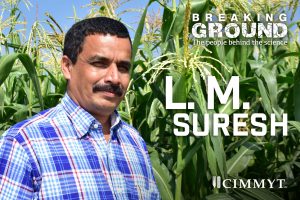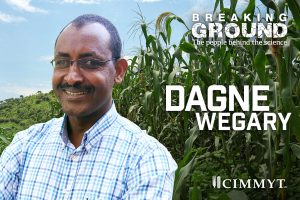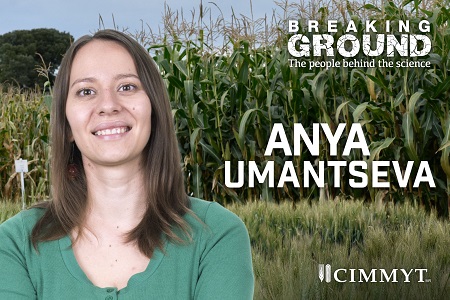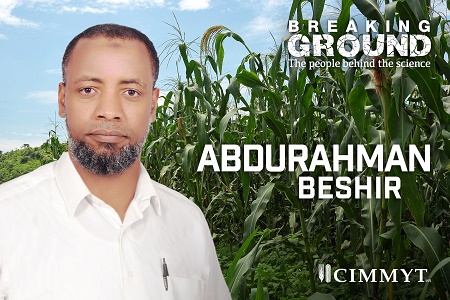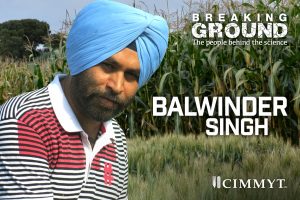Breaking Ground: Tom Hagen brings IT expertise to crop breeding
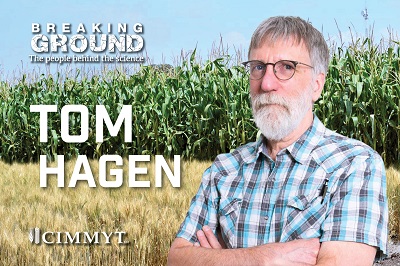 From an early age, Tom Hagen has enjoyed watching plants grow and solving complex problems. Now, as the enterprise breeding system manager at the International Maize and Wheat Improvement Center (CIMMYT), Hagen is combining his expertise in crop breeding and IT to help researchers and farmers be more successful.
From an early age, Tom Hagen has enjoyed watching plants grow and solving complex problems. Now, as the enterprise breeding system manager at the International Maize and Wheat Improvement Center (CIMMYT), Hagen is combining his expertise in crop breeding and IT to help researchers and farmers be more successful.
“You could say I’m a hybrid scientific consultant – IT system architect,” said Hagen. “I will work with breeding teams to appropriately design software and then manage its development and deployment to facilitate breeding operations at CIMMYT and the International Rice Research Institute.”
The software will help breeders more effectively choose seed varieties, design field trials, collect data and analyze their outcomes. It is intended to assist farmers and extension agents as well.
“It will be able to give them advice about the appropriate seeds to use based on their specific environment and economic situation,” said Hagen. “It can also recommend ways to plant and manage their crop for better yields and higher income.”
Hagen’s interest in using computer programing to analyze large sets of biological data emerged shortly after obtaining a doctorate in plant genetics from the University of Georgia. It was the early 1990s, and bioinformatics was a new frontier. Hagen founded and managed the university’s Center for Scientific Computing and Visualization, and helped create the Bioinformatics Graduate Program.
In 1999, Hagen decided to leave the world of academia for the private sector.
“Universities are about inventing things, not applying them,” he said. “It is important to base your practice on theory, but at the end of the day, I personally think you need to apply it because otherwise – well, what is the point of it all?”
Hagen joined DuPont Pioneer, a large U.S. producer of hybrid seeds, where he and a team of designers created different technologies for breeders. Specifically, they worked on technologies that would help breeders develop a line of drought-resistant maize.
“By being in that group, I was both a scientist trying to invent and validate these methods while also designing and building the IT for that,” said Hagen.
During his last two years at DuPont Pioneer, Hagen was the architect of all analytics software. He also conducted research on crop growth modeling for predicting genotype-environment interactions for maize hybrids. This information has helped breeders, extension agents and farmers choose appropriate seed varieties for their specific environmental conditions.
Hagen joined the CGIAR Excellence in Breeding Platform (EiB) in January 2018. Led by CIMMYT, EiB aims to modernize breeding programs, specifically targeting the developing world for greater impact on food and nutrition security, climate change adaptation and development.
“I’m excited to be part of the work that’s starting to ramp up here at CIMMYT and the other CGIAR centers,” said Hagen. “I’m here to learn and engage, and do whatever I can to help others learn.”
Funding for the Excellent in Breeding Platform comes from the CGIAR, the Bill & Melinda Gates Foundation, national governments, development banks and other public and private agencies. Contributors include CGIAR system centers, the Biosciences eastern and central Africa- International Livestock Research Institute Hub, Cornell University, Diversity Arrays Technology, DuPont Pioneer, the Integrated Breeding Platform, Monsanto and Queensland University.
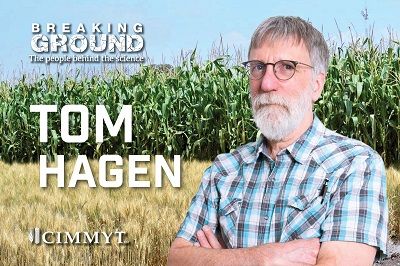

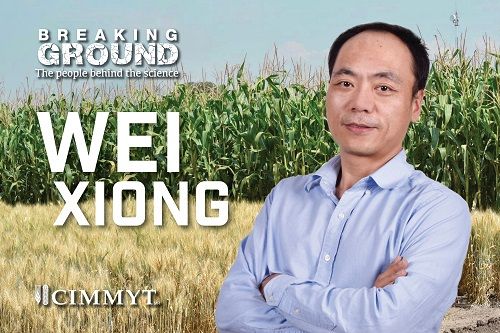



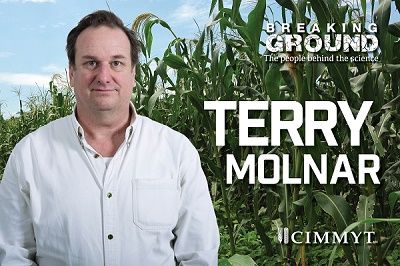
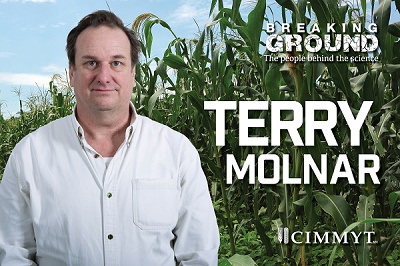 Increasingly erratic weather, poor soil health, and resource shortages brought on by climate change are challenging the ability of farmers in developing countries to harvest a surplus to sell or even to grow enough to feed their households. A healthy crop can mean the difference between poverty and prosperity, between hunger and food security.
Increasingly erratic weather, poor soil health, and resource shortages brought on by climate change are challenging the ability of farmers in developing countries to harvest a surplus to sell or even to grow enough to feed their households. A healthy crop can mean the difference between poverty and prosperity, between hunger and food security.
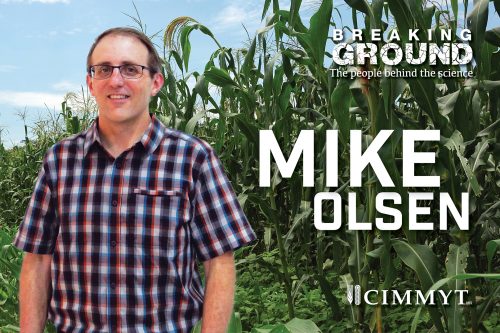
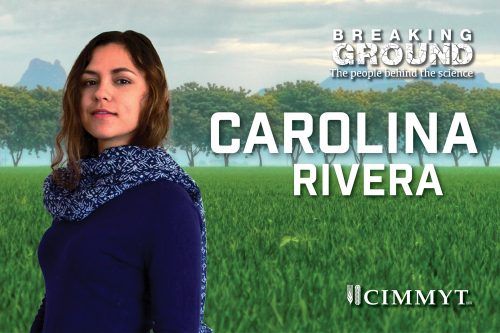
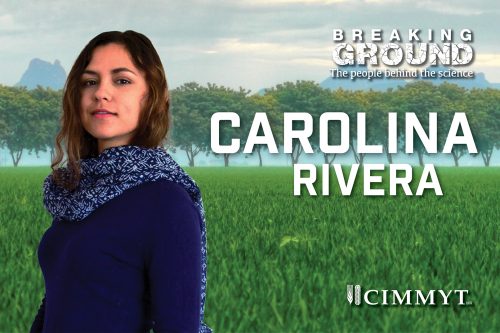 Over the next
Over the next 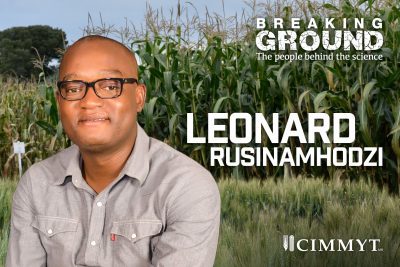 Food security is at the heart of Africa’s development agenda. However, climate change is threatening
Food security is at the heart of Africa’s development agenda. However, climate change is threatening 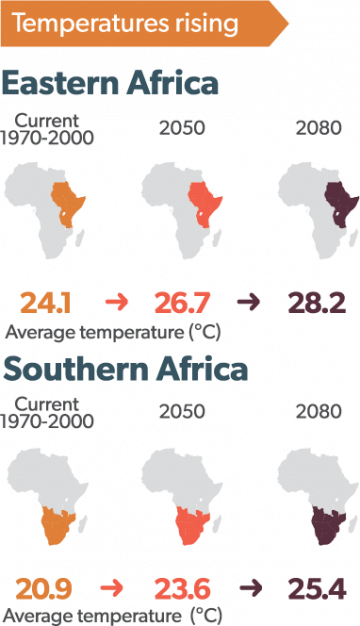
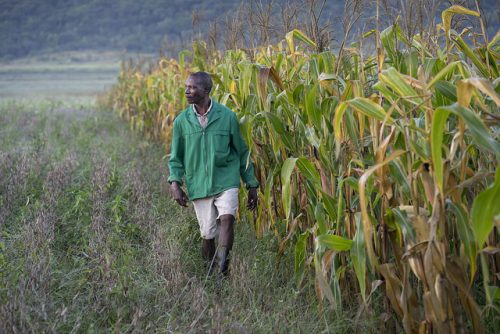
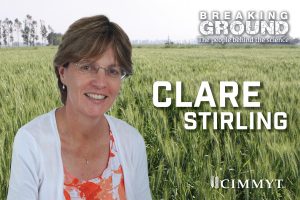
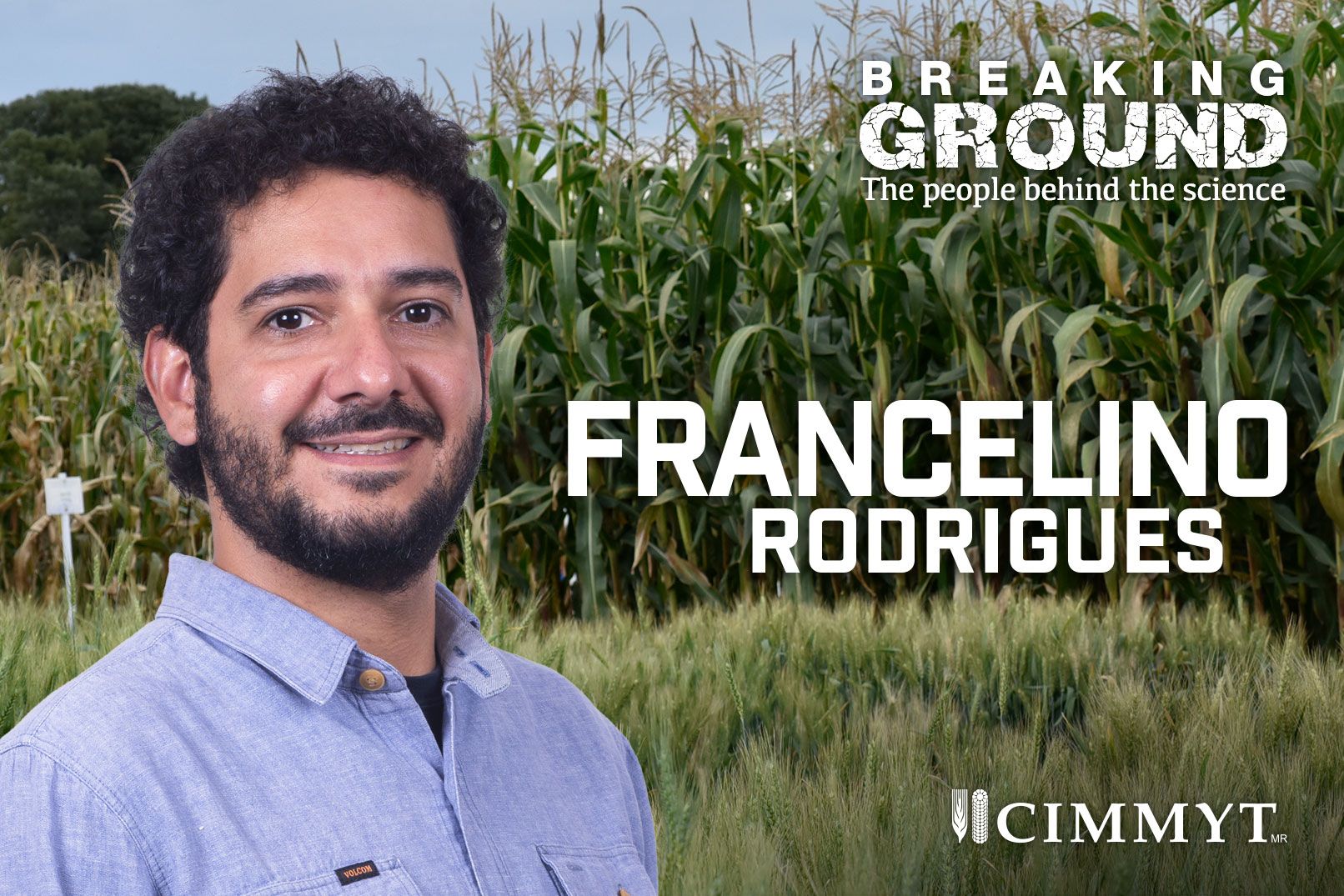
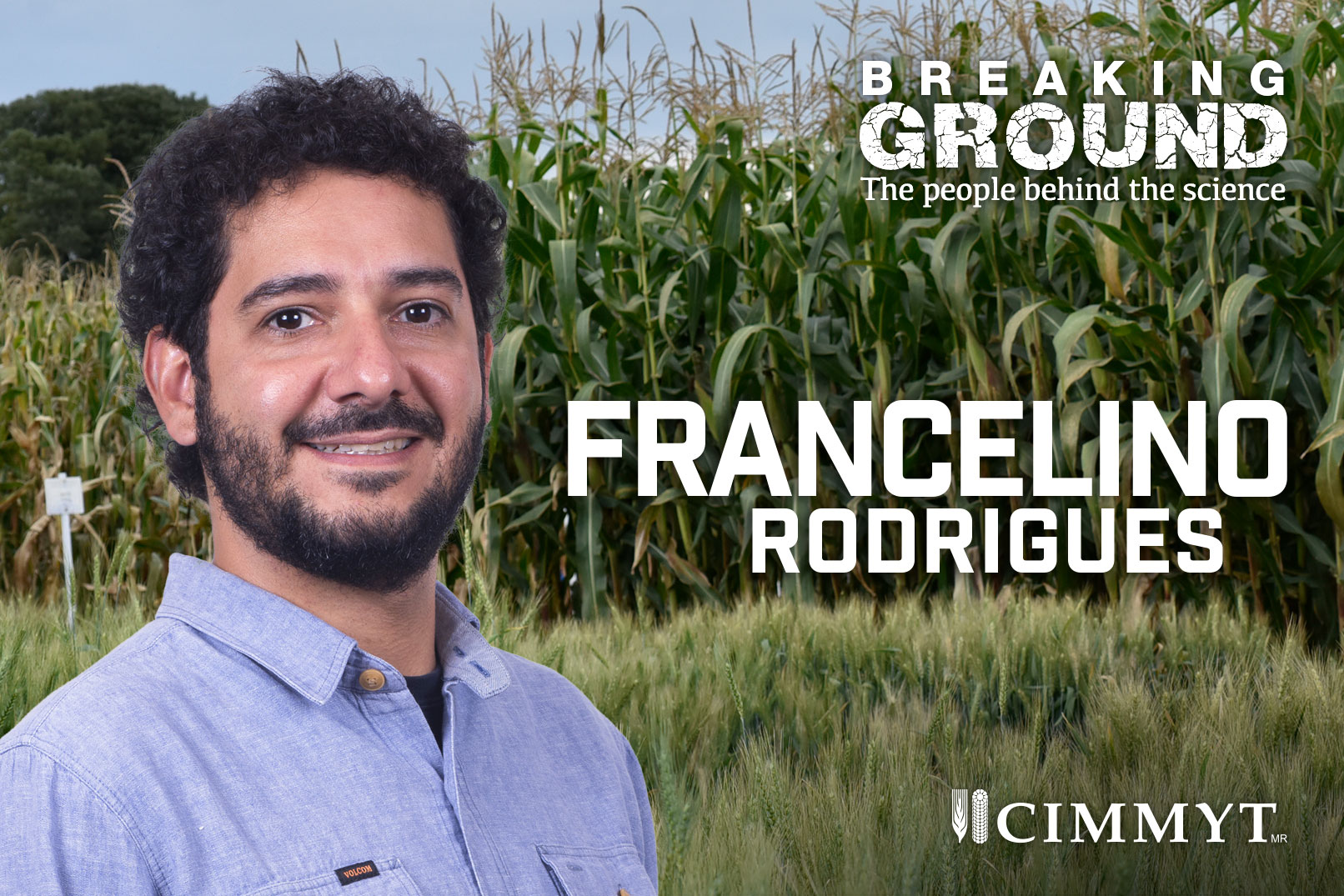 EL BATAN, Mexico (CIMMYT) — When Francelino Rodrigues started at the International Maize and Wheat Improvement Center (CIMMYT) in 2013, the majority of the maize and wheat trials were still being carried out by walking through the field and taking measurements manually.
EL BATAN, Mexico (CIMMYT) — When Francelino Rodrigues started at the International Maize and Wheat Improvement Center (CIMMYT) in 2013, the majority of the maize and wheat trials were still being carried out by walking through the field and taking measurements manually.
